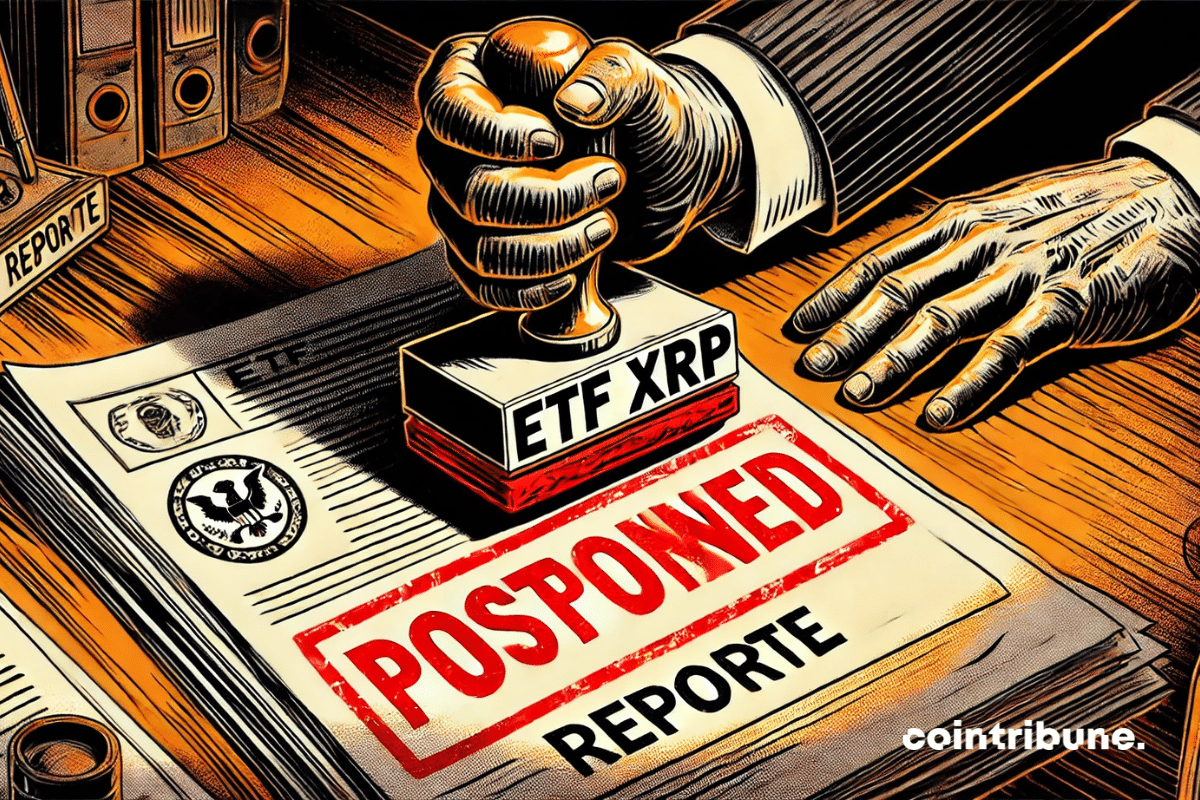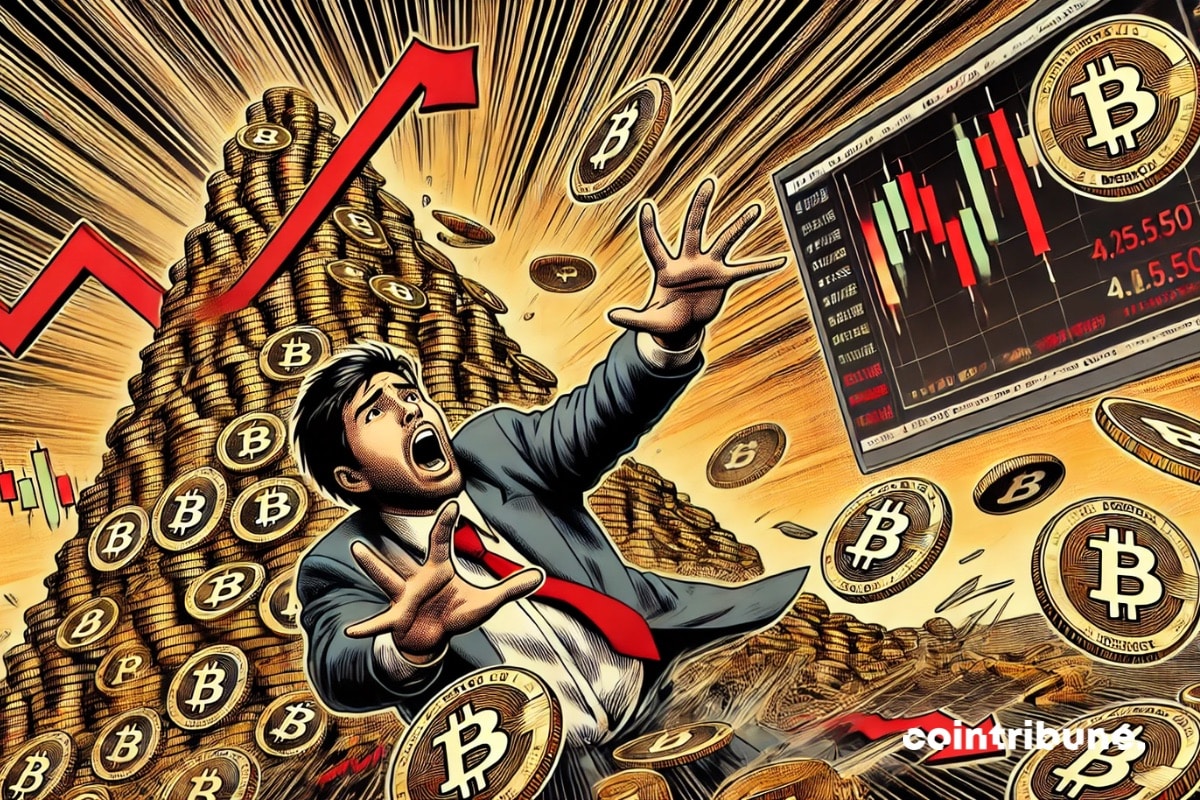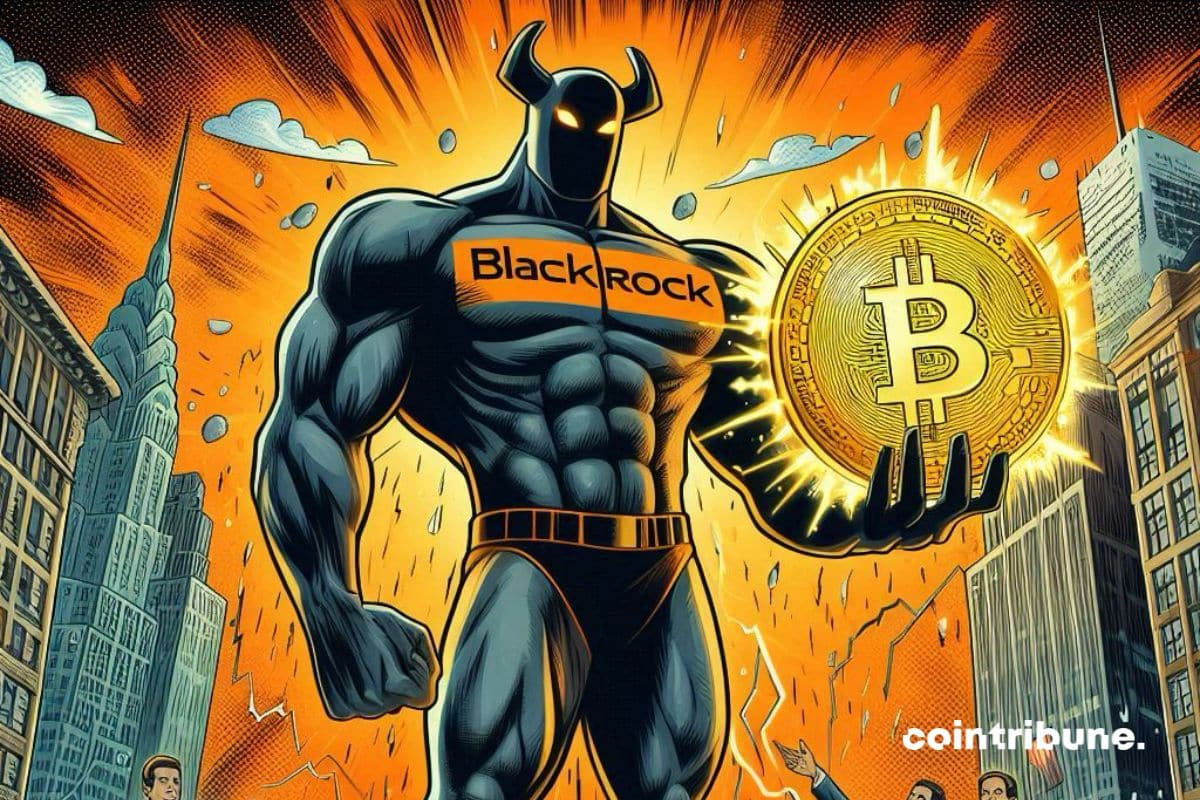Money migrates, silent and methodical. Wall Street, once untouchable, sees its throne wobble under the hurried steps of investors, captivated by a Europe shining with trillions.
Exchange Traded Fund (ETF)
Cardano (ADA) is generating exceptional optimism among investors. According to Santiment, the positive sentiment around this cryptocurrency has reached its highest level in four months, despite the recent collapse of its price.
A Polkadot crypto ETF filed with Nasdaq: 21Shares is betting big! Here is everything you need to know about this initiative.
Solana, the rising star of cryptocurrencies, dances with the giants of the CME. Its futures contracts sow the hope for an ETF, but the SEC plays the cautious divas. Guaranteed suspense!
The crypto universe is taking a new step with the arrival of a potential SUI ETF. Indeed, Canary Capital has officially submitted a filing to the SEC to register the first exchange-traded fund related to Sui. If approved, this project could provide broader institutional access to this digital asset and accelerate its adoption.
Is Ethereum at risk of a crash? On-chain data and ETFs indicate a significant downturn ahead. Full analysis here!
Crypto ETFs are crashing down like an uncontrollable wave. Avalanche joins the dance, but history has taught us that markets sometimes have a short memory... and a brutal correction.
Bitcoin exchange-traded funds have maintained over 95% of their invested capital, despite a slowdown in inflows and a recent significant drop in price. This resilience, comparable to that of traditional stock ETFs, reflects a change in the behavior of crypto investors.
The crypto industry is holding its breath in the face of still hesitant regulation. While enthusiasm for crypto ETFs grows, the U.S. Securities and Exchange Commission (SEC) has just postponed its decision on an important request: the conversion of the Grayscale XRP Trust into an ETF. This delay, announced on Tuesday, highlights the increased regulatory challenges surrounding these assets, even as crypto-related financial products gain legitimacy among institutional investors. Amid regulatory uncertainties and the expansion strategies of major asset managers, the wait continues for supporters of an XRP ETF.
Global investment firm VanEck has just registered an Avalanche exchange-traded fund (ETF) in the state of Delaware, becoming one of the first issuers to pave the way for a spot AVAX ETF. This initiative comes paradoxically amid a significant decline in the AVAX token, which has lost more than half of its value since January 2025.
Bitwise is preparing an Aptos ETF: a major breakthrough or too risky a bet for crypto investors? The details in this article.
The cryptocurrency market has just experienced one of the most spectacular increases in its history. In just four hours, more than $330 billion was injected, causing a shockwave throughout the entire sector. This sudden explosion of liquidity raises many questions: is it an institutional influx, a speculative event, or a paradigm shift in the economy? What are the implications for investors and the industry? While volatility remains the driving force of the crypto ecosystem, this episode could very well mark a major turning point.
The crypto market has just experienced one of its most violent downturns in months. After reaching an all-time high of $109,000 on January 20, Bitcoin plummeted by 28%. This drop wiped out billions of dollars in market capitalization in a matter of weeks. Such a brutal reversal comes amid an environment of economic tension and turmoil in the financial markets. But beyond a mere technical correction, several major events contributed to this decline. From macroeconomic fears, record cyberattacks, to political disillusionment, let's look back at the causes of this tumble and its implications.
The Bitcoin market has just experienced a brutal correction. In the span of 48 hours, a massive wave of capitulation has resulted in more than $2.16 billion in realized losses for investors. Behind this drop lies a well-known pattern for analysts: weak hands, often the most recent entrants, have liquidated their positions at a loss. Far from being trivial, this wave of hasty selling raises questions about market strength and investor psychology in the face of sudden corrections.
Bitcoin's volatility is once again at the heart of discussions. While the cryptocurrency briefly fell below $79,000, Standard Chartered Bank believes that the correction could intensify, bringing BTC into a range between $69,000 and $76,500 by Monday. This projection is based on several market indicators, including the selling pressure from massive Bitcoin ETF outflows and the increase in short positions by hedge funds. Should this decline be viewed as a simple correction or a signal of a deeper reversal?
The BlackRock behemoth is walking a tightrope: a net of Bitcoin in its portfolio, 2% of audacity, a breeze of panic among the maximalists. Who will give in first?
The crypto market is going through a turbulent phase. Indeed, Ethereum (ETH), the second-largest cryptocurrency by market capitalization, has experienced a sharp decline of 20% in just three days, bringing its price to around $2,100. Such a sudden correction raises questions: is it merely a moment of volatility or a warning sign for investors? Between unfavorable macroeconomic factors and signs of resilience in the derivatives market, the future of ETH hangs in a fragile balance.
Bitcoin is going through an unstable period. Between spectacular rallies and dizzying falls, the queen of crypto shapes the mindset of investors with rare brutality. In recent days, the market has experienced an intense sequence marked by massive sell-offs on spot Bitcoin ETFs and growing pressure on futures contracts. This phenomenon is anything but trivial. It illustrates a lasting climate of doubt, where the extreme volatility of BTC drives some to give up while others seek opportunities.
After reaching a new peak, Litecoin has entered a phase of consolidation, suggesting a possible continuation of the trend. Discover Elyfe's analysis to decipher the technical outlook for LTC.
The crypto scene has just experienced a new episode of turbulence: Bitcoin has dropped to $83,400, its lowest level since November 2024. This sudden correction triggered over a billion dollars in liquidations in the derivatives market. Such a situation has shaken investor confidence. Behind this decline, a convergence of macroeconomic and financial factors weighed on the asset, at a time when the strength of Bitcoin ETFs and the influence of Strategy on the market are being called into question.
The T-REX 2X Long MSTR Daily Target ETF, linked to Strategy (formerly MicroStrategy), has fallen 81% since its peak in November 2024, losing 40% in three days, according to recent data. This plunge, amplified by bitcoin's volatility, highlights the risks of leveraged ETFs.
The Bitcoin exchange-traded fund (ETF) market continues to experience a significant wave of capital outflows. According to recent data, the 11 Bitcoin ETFs recorded a net outflow of $937.9 million on February 25, 2025, marking their sixth consecutive day of losses. This is a concerning situation according to experts.
Altcoin ETFs are arriving, but the initial frenzy seems to dissipate quickly. Savvy investors prefer direct acquisition on platforms, far from these newly reinvented promises.
Bitcoin wobbles below a critical threshold, and the pressure is intensifying. While the cryptocurrency had exceeded the $90,000 mark a few weeks ago, it now finds itself below $85,000, prompting analysts to consider a more pessimistic scenario. Between massive ETF sell-offs, cascading liquidations, and macroeconomic uncertainties, volatility is resurfacing, reigniting fears of a collapse to $81,000. Is the market on the verge of a harsh reversal, or is this just a temporary correction?
Bitcoin, the wavering king, falls below $90,000, wept over by runaway ETFs, drowned in a billion liquidated, against a backdrop of farcical Sino-American disputes.
The Securities and Exchange Commission (SEC) has officially recognized the proposal from NYSE Arca to list and trade a spot exchange-traded fund (ETF) based on Cardano (ADA) on behalf of the cryptocurrency asset manager Grayscale. This recognition, occurring on February 24, 2025, marks the beginning of the regulatory process during which the SEC will evaluate the proposal and make a decision on its approval or rejection.
In the whirlwind of Sino-American tensions, Bitcoin ETFs lost $1.14 billion in two weeks, victim of a geopolitical cataclysm, amid tariff threats and market uncertainty.
The crypto industry has just experienced a strategic twist. Franklin Templeton, a giant in asset management, is launching its Bitcoin & Ether ETF (EZPZ), a bold move that redefines access to cryptocurrencies. Far from being a mere financial product, this ETF embodies a subtle break between the era of individual speculation and that of structured institutional adoption.
BlackRock's Bitcoin ETF now dominates the market with over 50% of assets under management, solidifying its leadership position among ETF issuers in the United States. This dynamic comes as Bitcoin ETFs experience three consecutive days of withdrawals, testing the resilience of BTC.
The SEC, once a bastion of conservatism, is finally awakening to the enchanting song of cryptocurrencies. ETFs are making a grand entrance, and the agency, once inflexible, seems to be discovering the virtues of compromise.





























